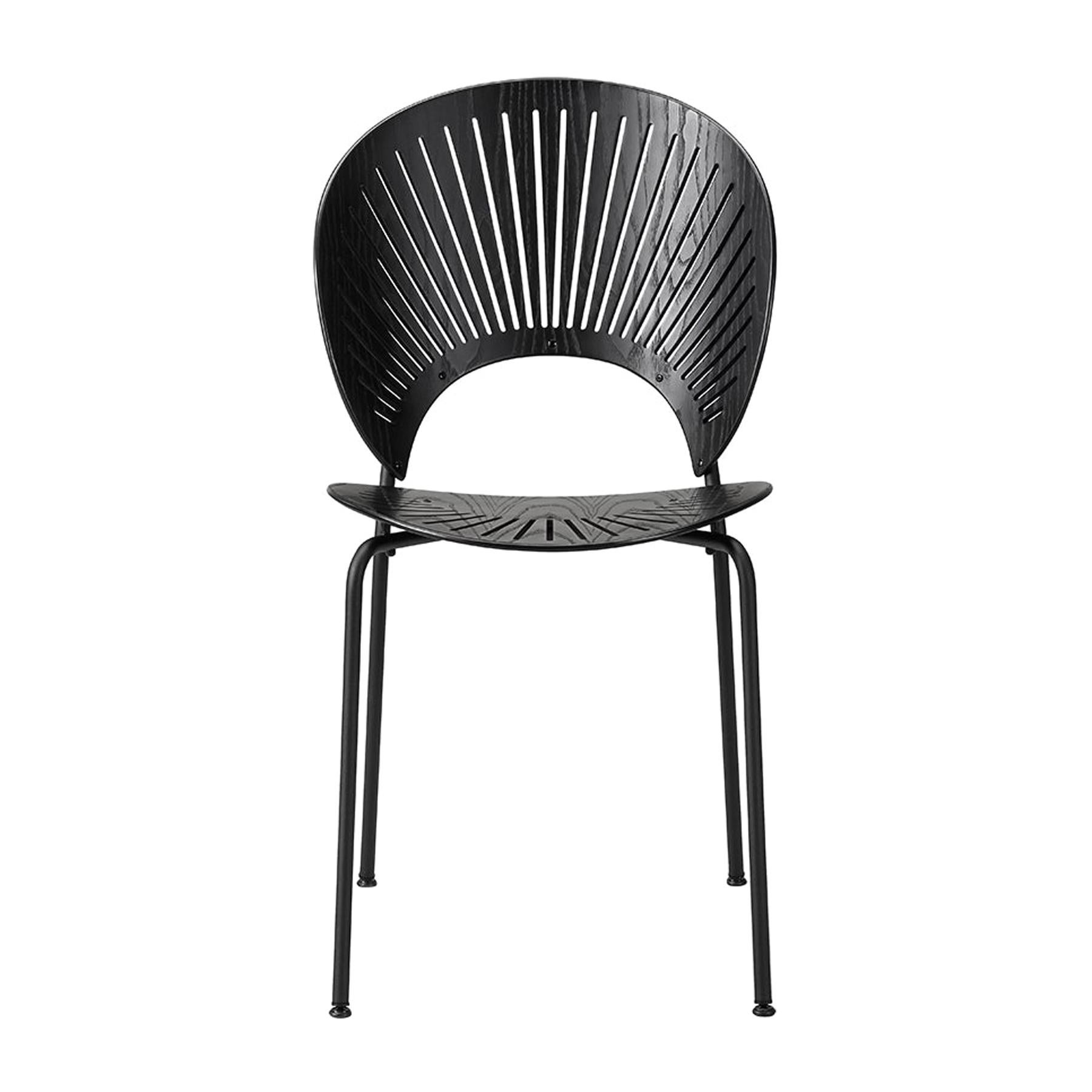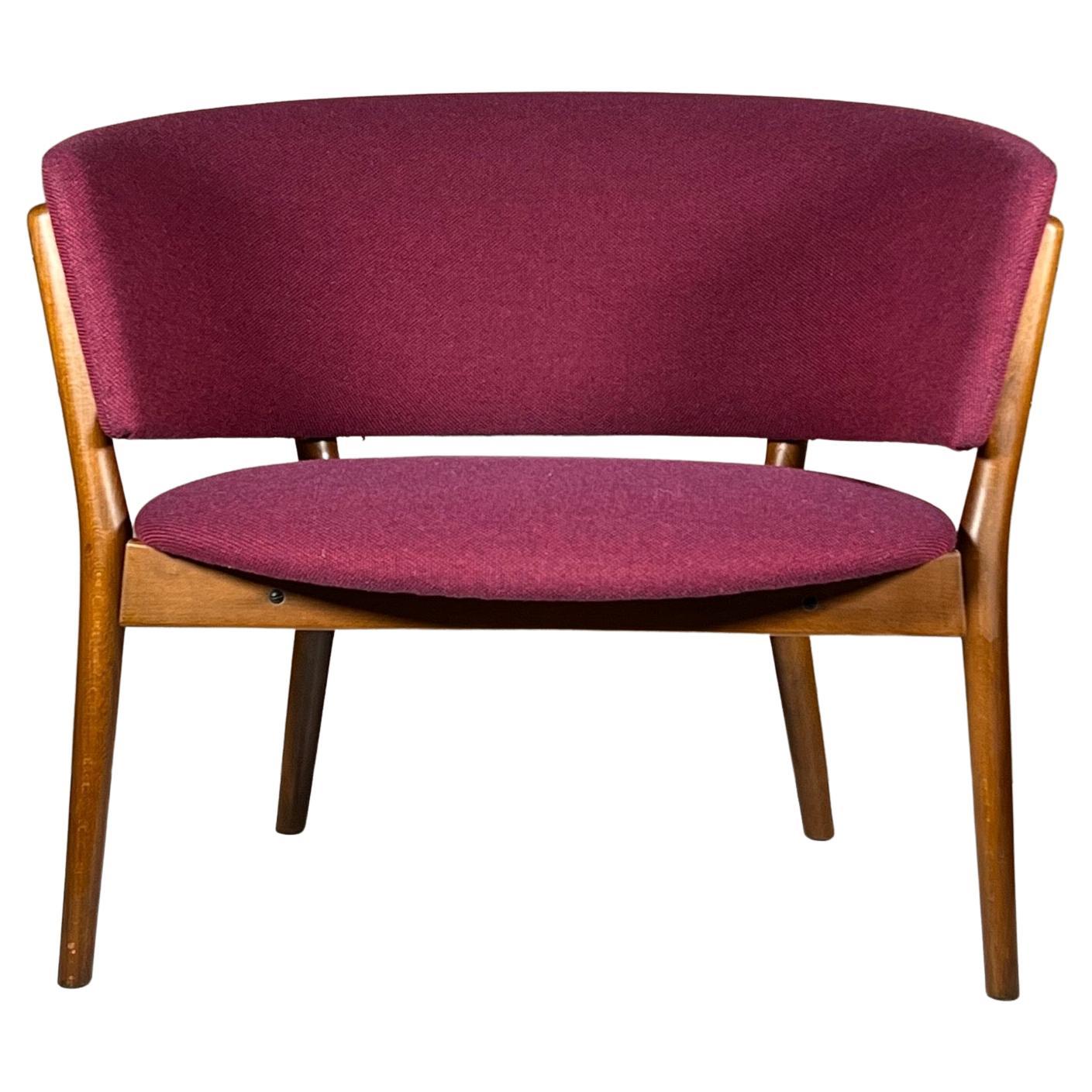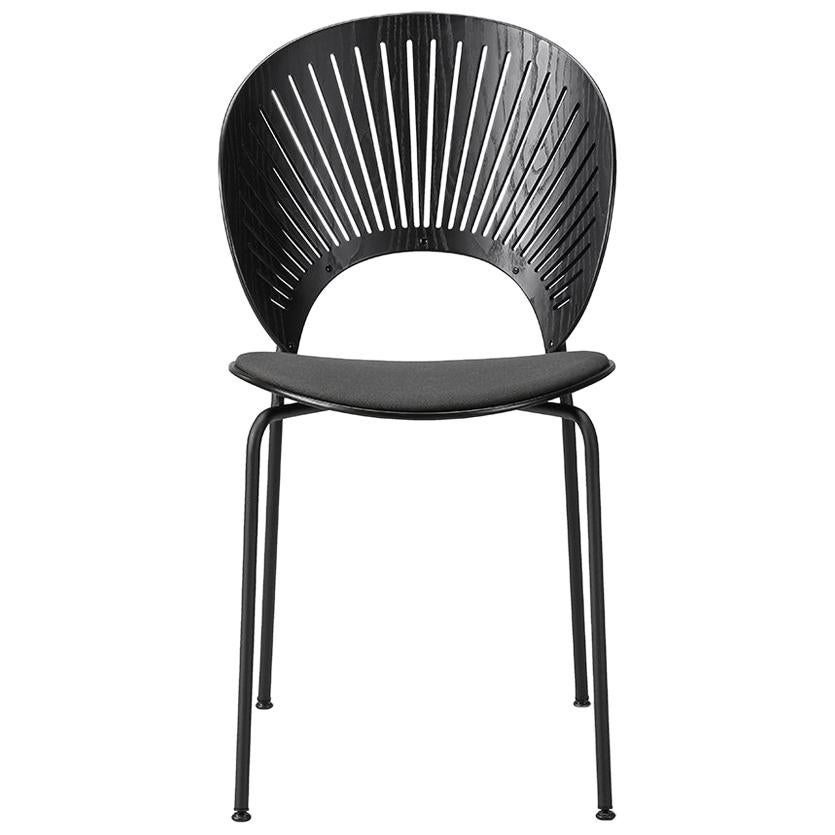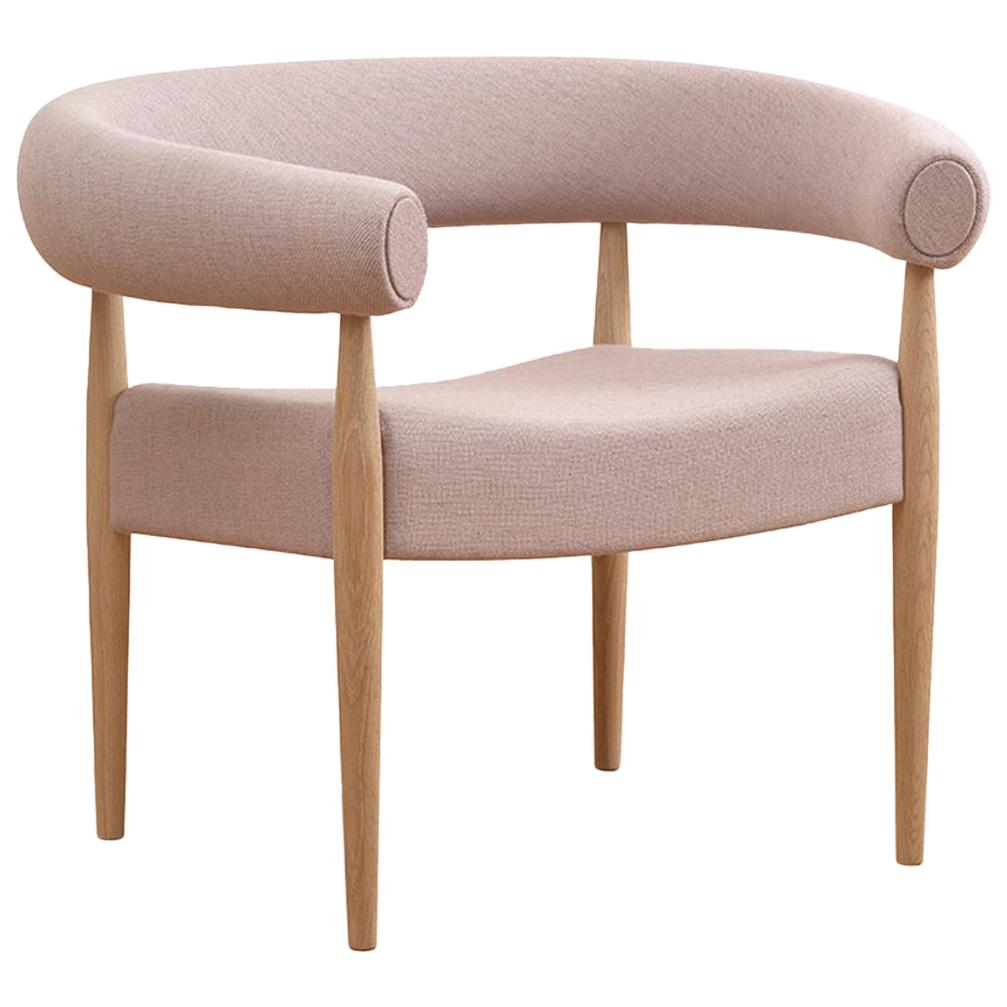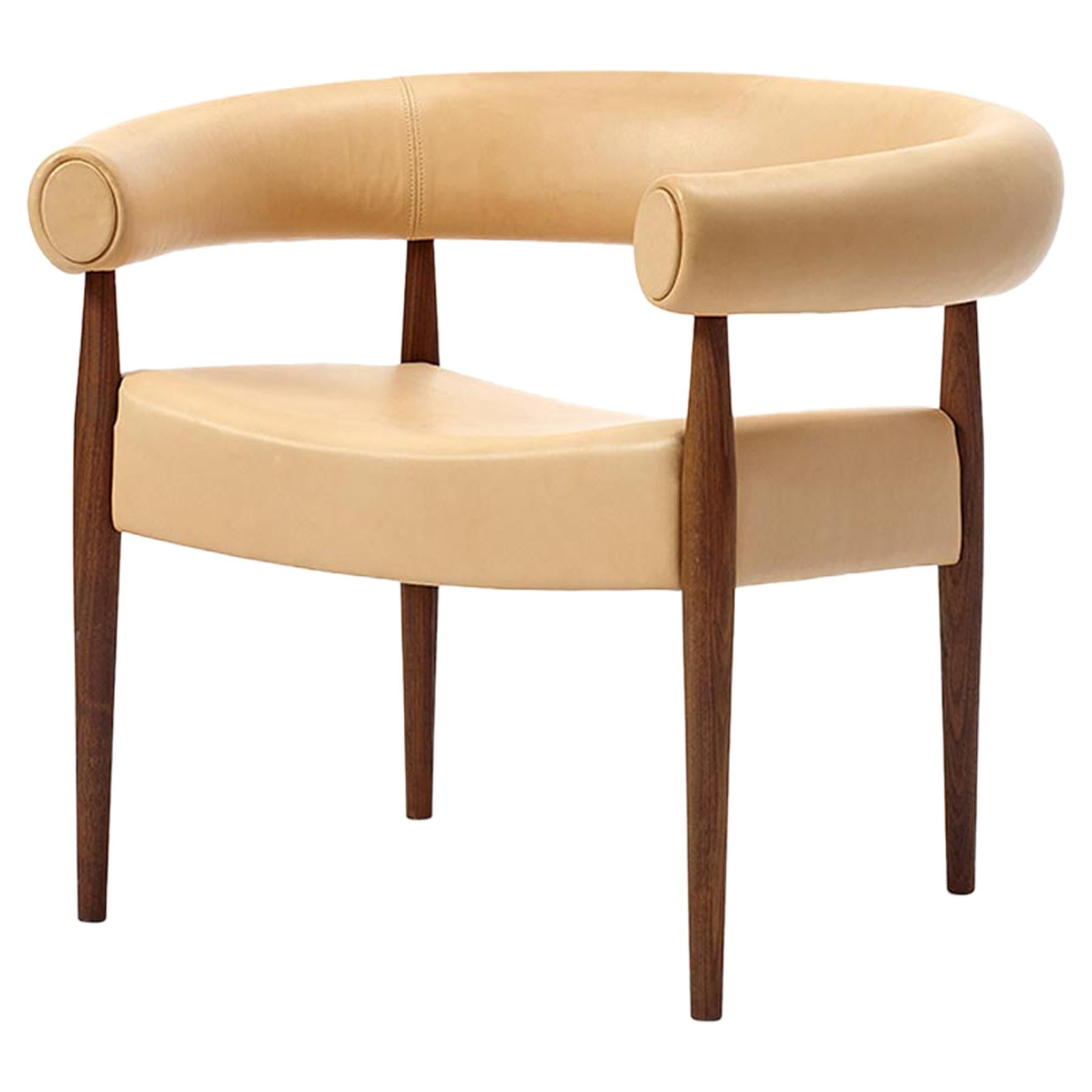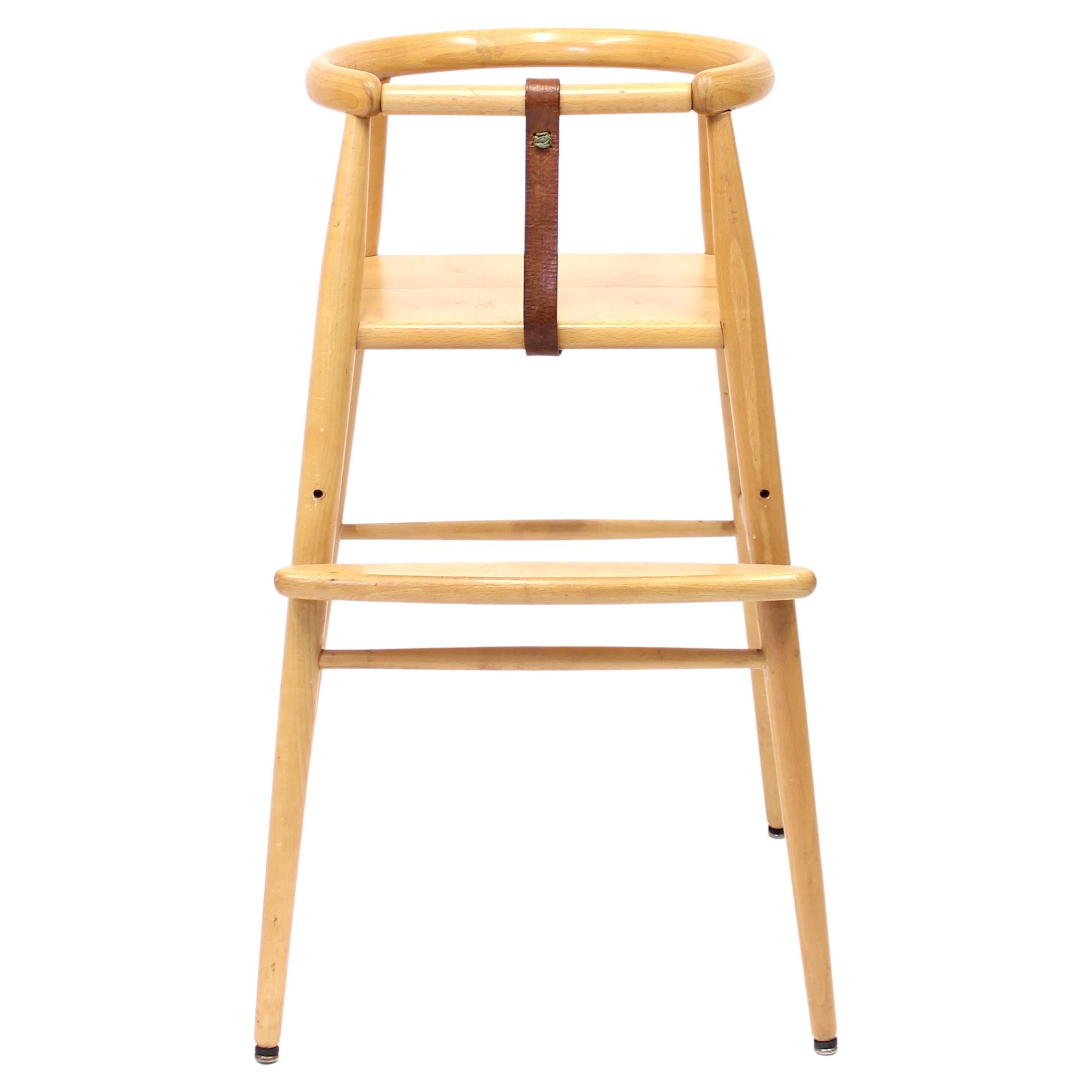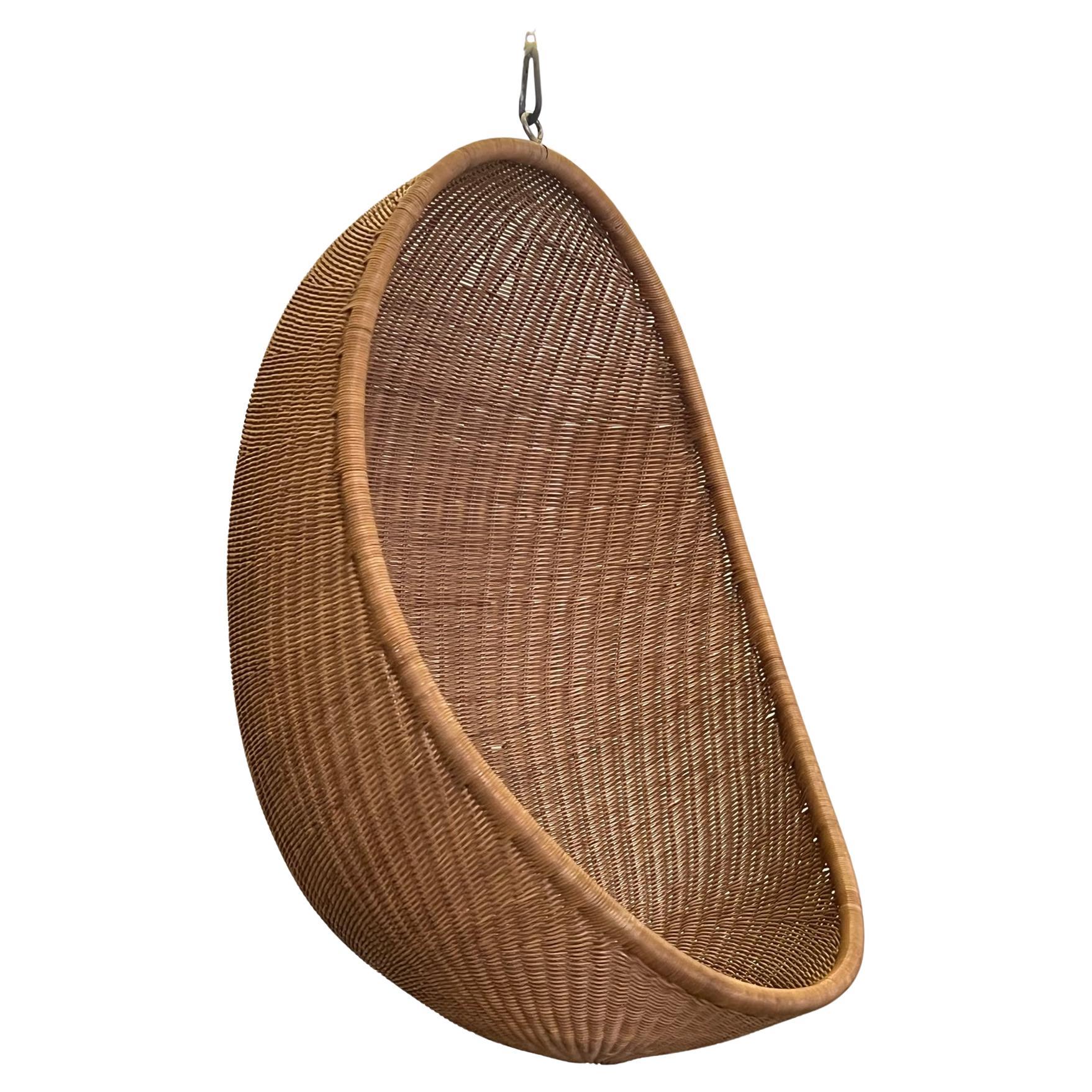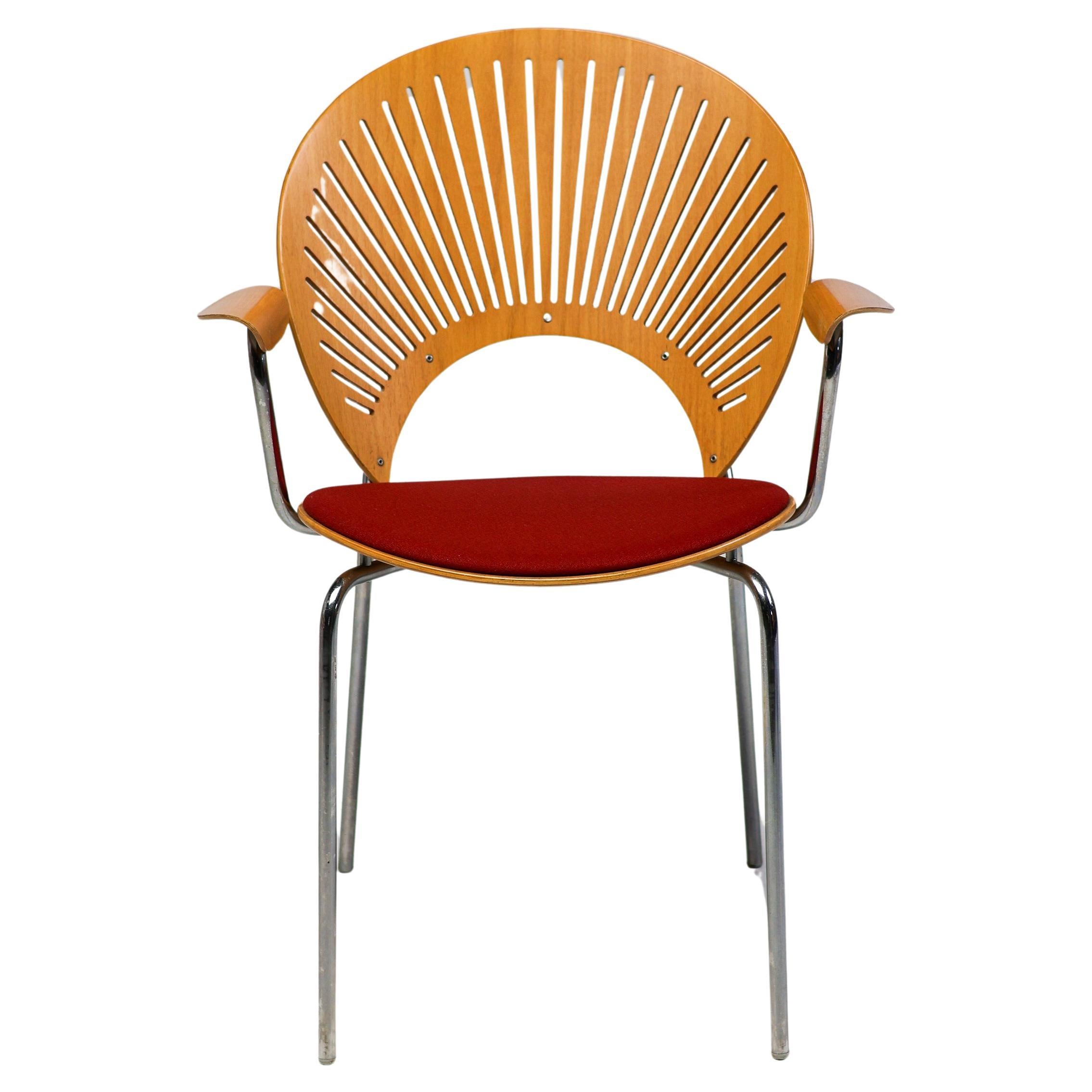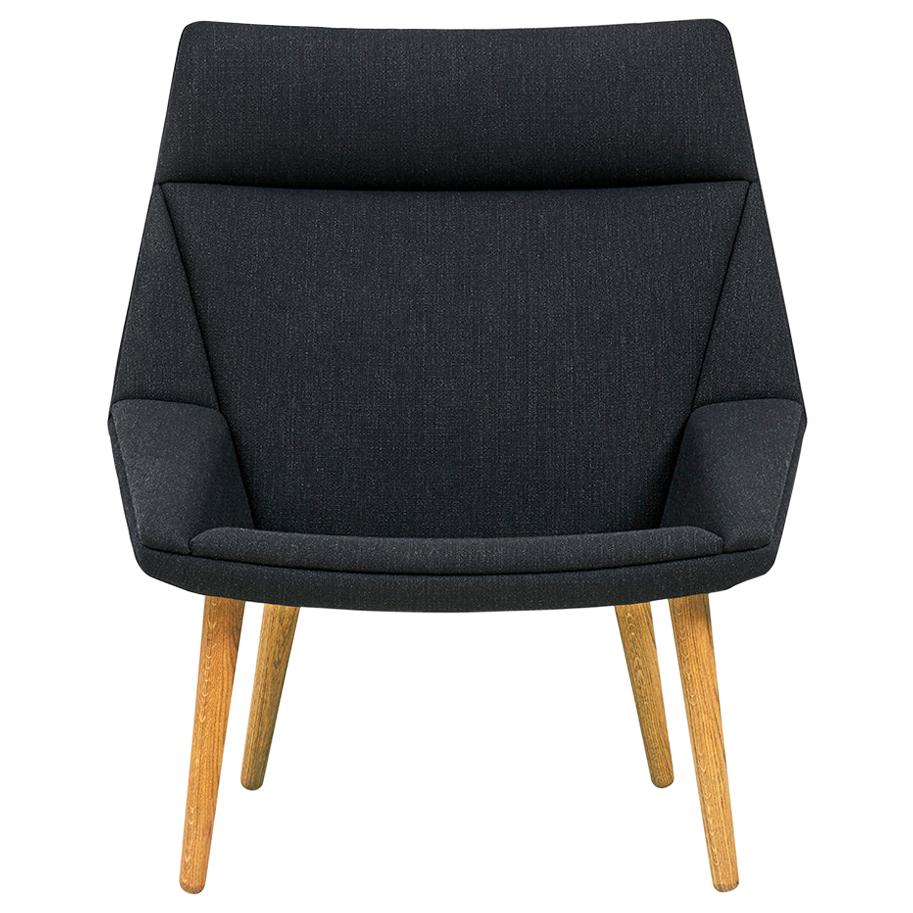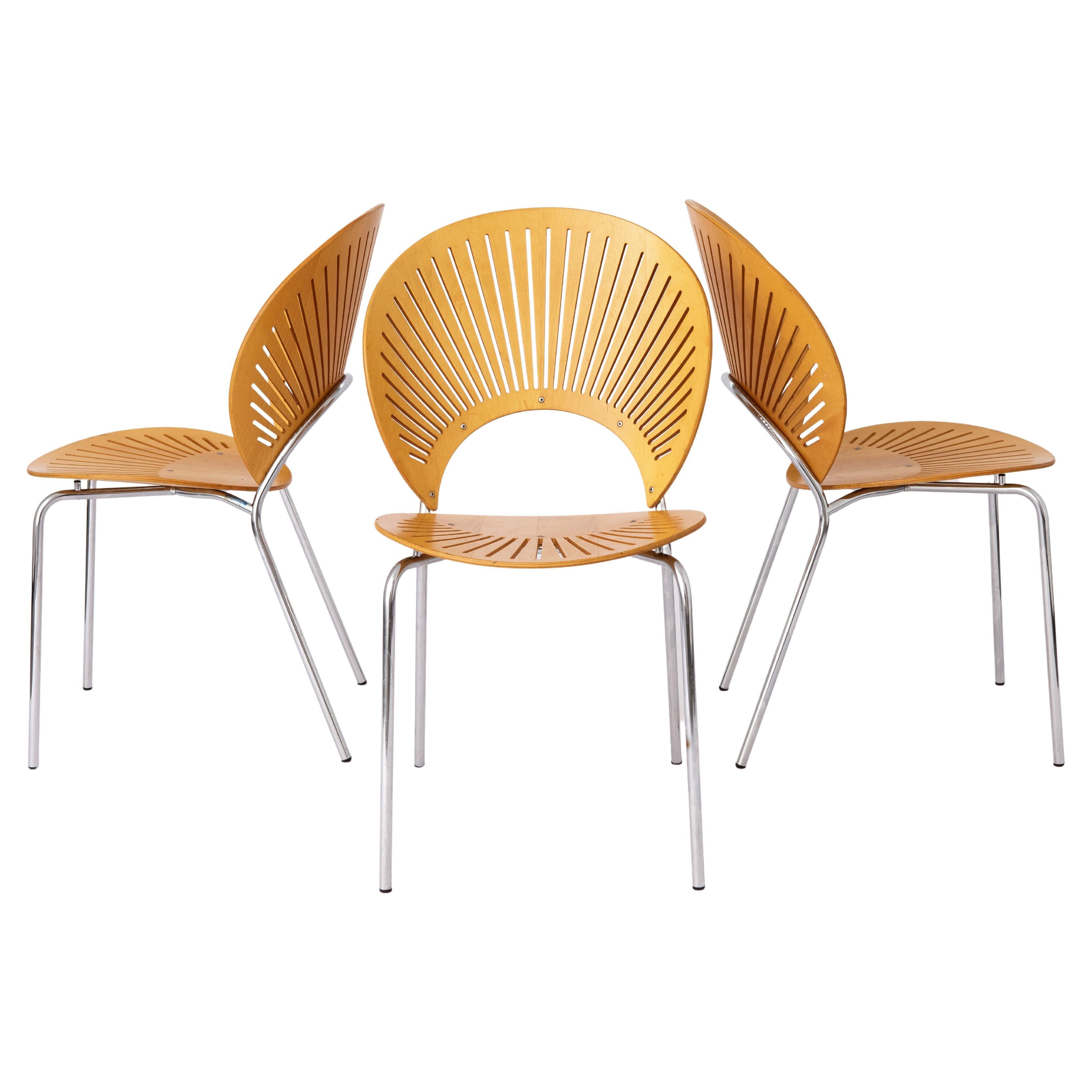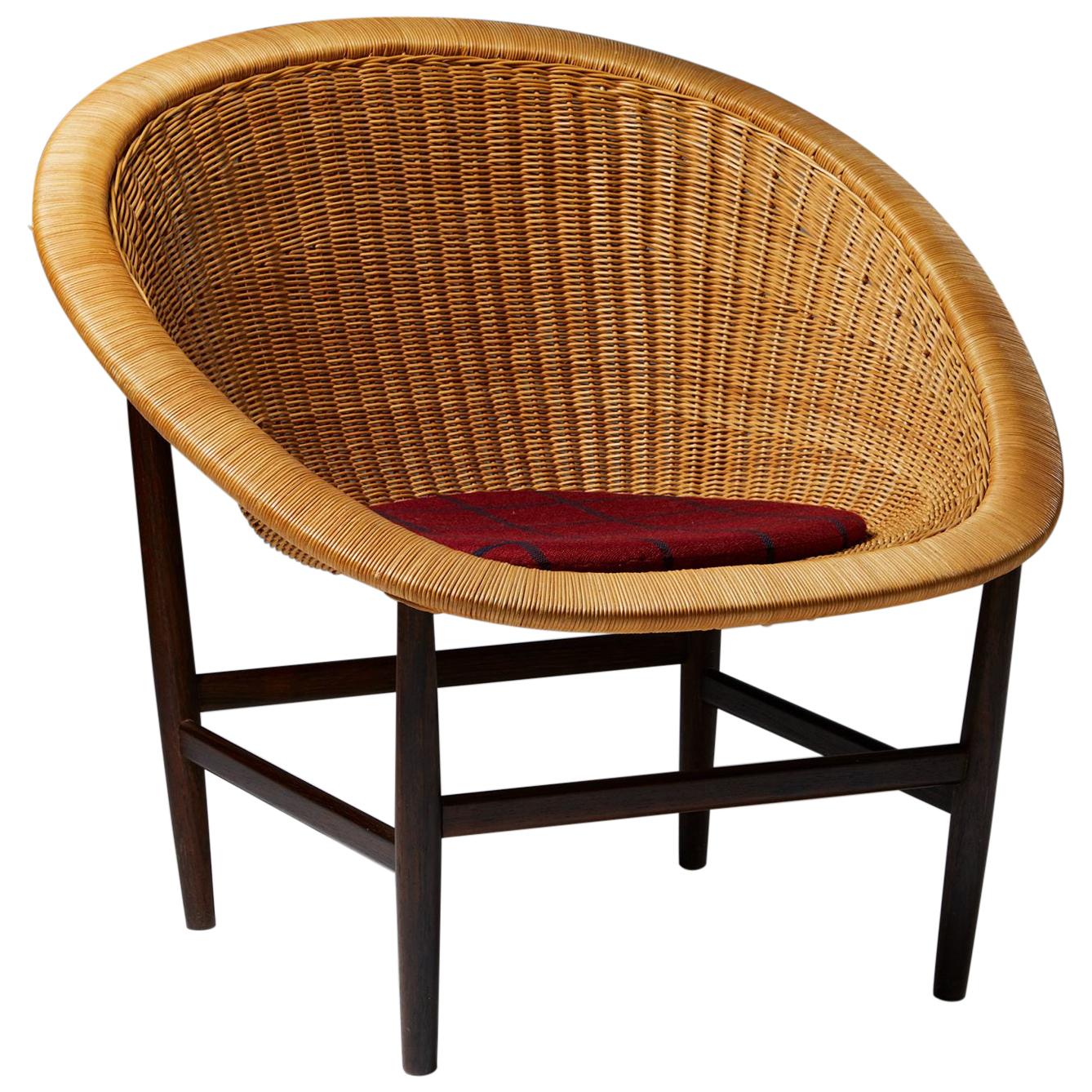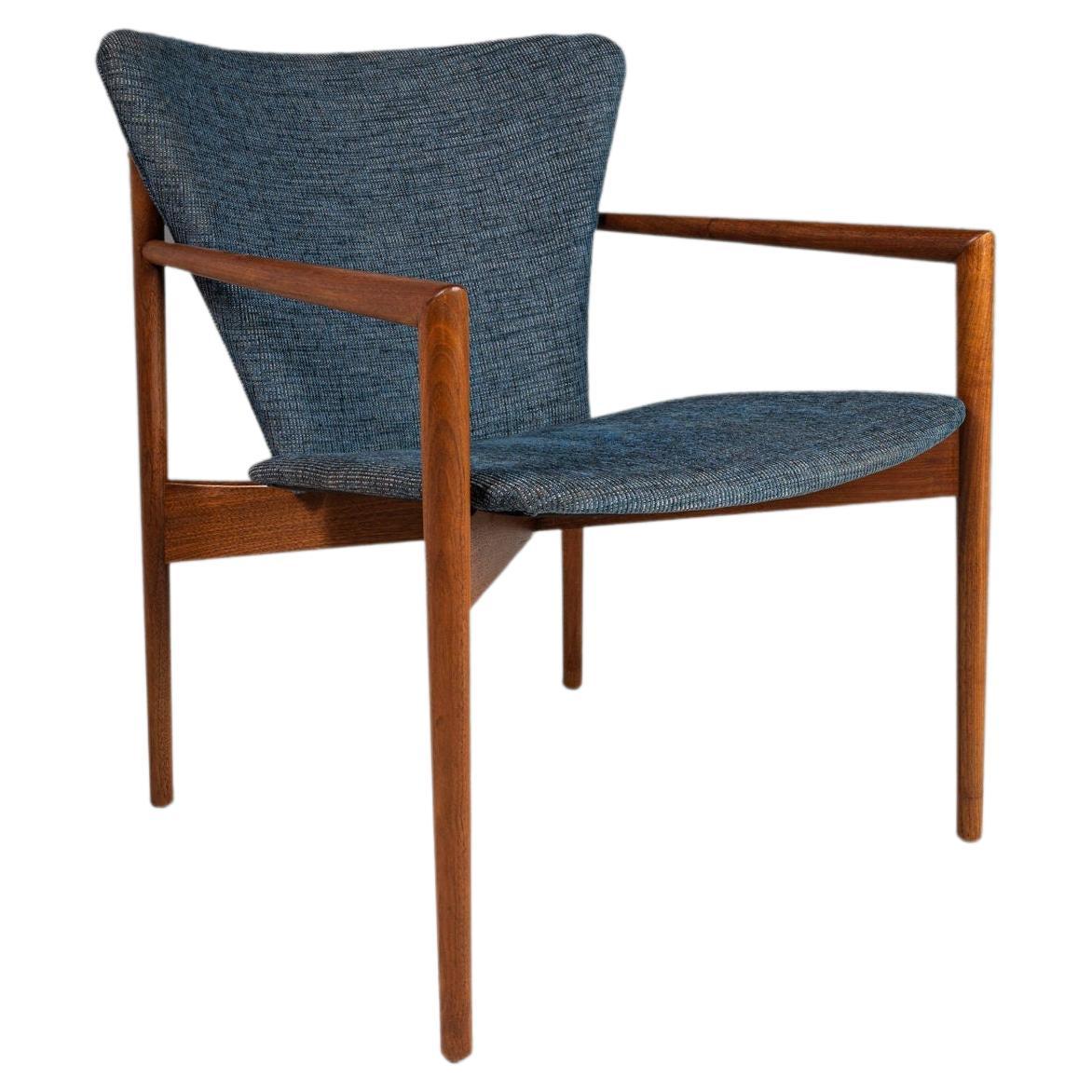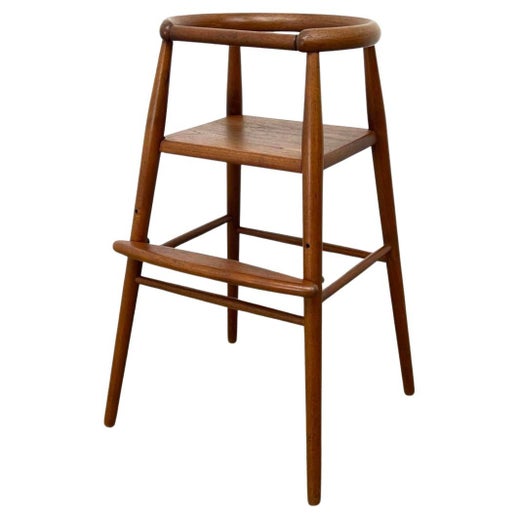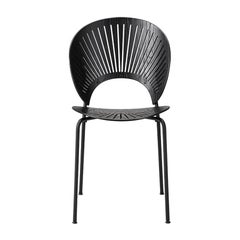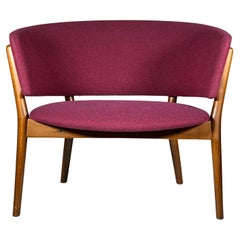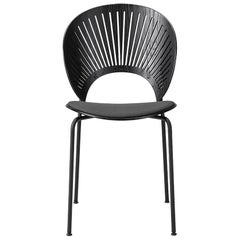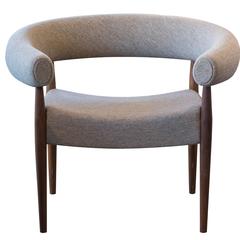
Nanna Ditzel Ring Chair
View Similar Items
Nanna Ditzel Ring Chair
About the Item
- Creator:Nanna Ditzel (Designer)
- Dimensions:Height: 27.5 in (69.85 cm)Width: 33.5 in (85.09 cm)Depth: 28 in (71.12 cm)Seat Height: 15.75 in (40.01 cm)
- Style:Mid-Century Modern (In the Style Of)
- Materials and Techniques:
- Place of Origin:
- Period:
- Date of Manufacture:2015
- Production Type:New & Custom(Re-Edition)
- Estimated Production Time:4-5 weeks
- Condition:
- Seller Location:New London, CT
- Reference Number:1stDibs: LU126923318032
Nanna Ditzel
Nanna Ditzel was the most versatile and creative female designer that Denmark produced in the 20th century. Ditzel brought her talents to bear on a staggering array of forms — she designed furniture, jewelry, tableware and textiles; and she shaped her pieces using an equally astonishing variety of materials, from wood and wicker to silver, ceramics and fiberglass.
Born in Copenhagen, she trained as a cabinetmaker at the Royal Academy's furniture school — overseen by the great craftsman of the day, Kaare Klint — and graduated in 1943. Ditzel’s early work adhered to the classic Danish modernist tenets of simplicity, comfort and quality, and her armchairs, with their softly curved backrests are much in the spirit of Hans Wegner. Ditzel’s signature piece of that time is her Ring chair. Designed along with her husband, Jørgen Ditzel, a fabric maker, the chair has a semicircular padded armrest that seems to embrace the sitter. Ditzel began designing in wicker and in 1959 produced the Hanging chair. The piece, suspended from the ceiling by a chain, became a favorite for fashion shoots and may be as iconic of the 1960s as Eero Aarnio’s plastic Ball chair of 1963.
In 1956, Ditzel began designing for the Danish silverware firm Georg Jensen. In an association that lasted some 40 years, Ditzel would create organically shaped jewelry, barware, ceramic tableware and even tablecloths. Like her fellow Dane Verner Panton, Ditzel was not afraid to embrace industrial materials, and she began designing fiberglass chairs in the mid-1960s. Some of her most flamboyant work came toward the end of her career, in pieces such as 1989’s Bench for Two, with its shocking Op-art finish, or the Trinidad chair of 1992, with it’s sunburst-like, cut-though backs. Such feats of creativity were a fitting coda to one of the most imaginative, prolific and remarkable women of modern design.
- Nanna Ditzel Trinidad ChairBy Nanna Ditzel, FredericiaLocated in Berkeley, CANanna Ditzel Trinidad chair The precise transparency of the Trinidad chair almost dissolves in a play of light and shadow, yet at the same time gives th...Category
21st Century and Contemporary American Mid-Century Modern Chairs
MaterialsOak
$852 / item - Classic Nanna Ditzel Lounge ChairBy Nanna DitzelLocated in St.Petersburg, FLA classic barrel chair known as the ND83, designed by Nanna Ditzel, made by Søren Willadsen, in Denmark and distributed by Selig in the USA. Beechwood with original upholstery.Category
Vintage 1950s Danish Mid-Century Modern Chairs
MaterialsBeech
- Nanna Ditzel Trinidad Chair, Seat UpholsteredBy Nanna Ditzel, FredericiaLocated in Berkeley, CANanna Ditzel Trinidad chair, seat upholstered the precise transparency of the Trinidad chair almost dissolves in a play of light and shadow, yet at the ...Category
21st Century and Contemporary American Mid-Century Modern Chairs
MaterialsOak
$1,014 / item - Ring Chair, Nanna & Jorgen Ditzel, FabricBy Nanna and Jørgen Ditzel, GETAMALocated in Berkeley, CADesigned by Nanna and Jørgen Ditzel in 1958, the Ring Chair is one of the couple’s most elegant and iconic designs. The chair is handcrafted at GETAMA’s ...Category
21st Century and Contemporary Danish Mid-Century Modern Chairs
MaterialsOak
- Ring Chair, Nanna & Jorgen Ditzel, LeatherBy Nanna and Jørgen Ditzel, GETAMALocated in Berkeley, CADesigned by Nanna and Jørgen Ditzel in 1958, the ring chair is one of the couple’s most elegant and iconic designs. The chair is handcrafted at GETAMA’s ...Category
21st Century and Contemporary Danish Mid-Century Modern Chairs
MaterialsOak
- Nanna Ditzel, High Baby Chair for Kolds Savværk, 1955By Nanna Ditzel, Kolds SavvaerkLocated in Uppsala, SEBaby chair in beech, model ND54, designed by Nanna Ditzel for Kolds Savværk in 1955. This is an early example made in the mid 20th century. The foot board i...Category
Mid-20th Century Danish Scandinavian Modern Children's Furniture
MaterialsLeather, Beech
